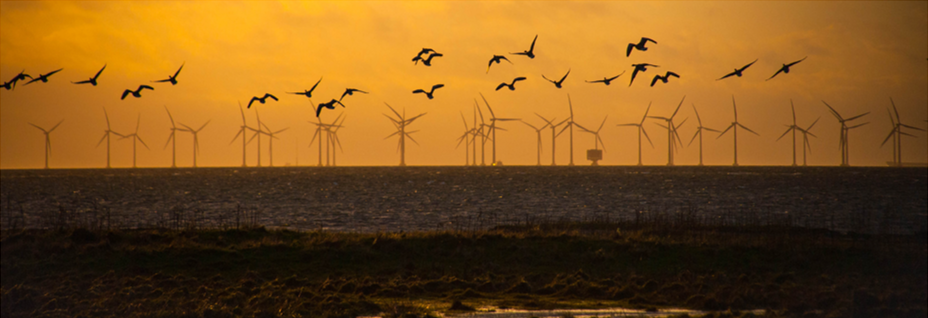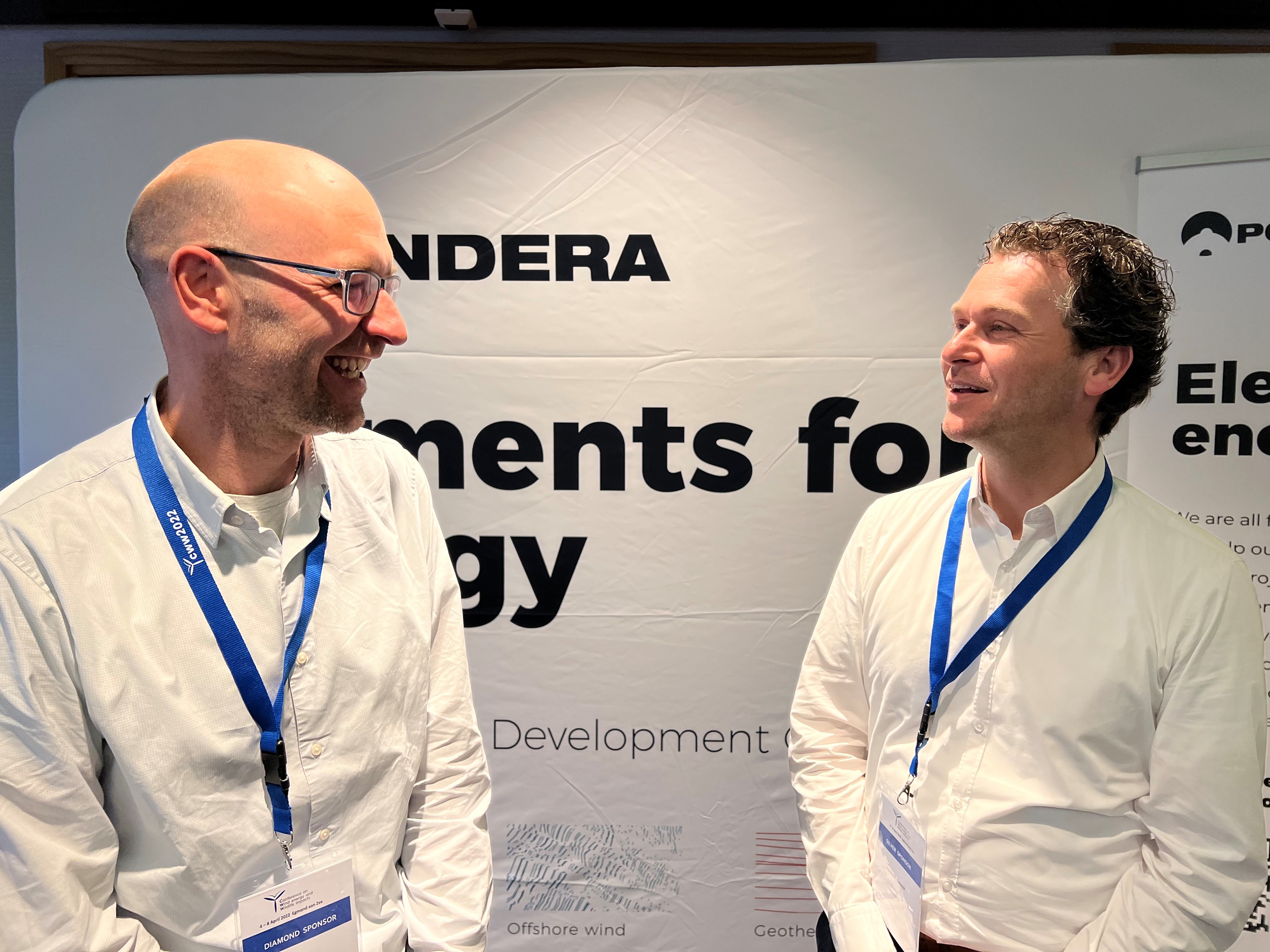Creating harmony between nature and wind energy resonates with Pondera’s vision. Since 2014, Pondera and ecological research institute Bureau Waardenburg have been working together to develop offshore wind farms that cause as little damage to nature as possible. But they are taking it one step further: wind energy at sea could even have a positive ecological impact.
By: Marjolein Bezemer.
‘In the Netherlands, nature conservationists are often the ones strongly opposed to wind turbines’, explains bird ecologist Abel Gyimesi of Bureau Waardenburg. Too many birds are the victims of rotating blades. And yes, he also believes that every dead bird is one too many. ‘However, climate change is also a major threat. I was at a conference in America where the president of a bird protection organisation tearfully said, “I would rather sacrifice one species of bird to the wind turbines than lose 20 others to climate change.”’
Ecology as a quality meter
In conversation with the ecologist, it soon becomes clear that the effect of wind turbines on nature is a complex subject. Yet Gyimesi, together with Pondera Consult director Sergej van de Bilt, is hopeful that offshore wind farms will ultimately do more good than harm to nature. ‘We are seeing increasing examples of positive effects on the ecology created by wind farms’, says Gyimesi. The government also sees opportunities. ‘In the tender for Hollandse Kust (west) ecology plays a major role. Ecology is a kind of quality meter. If you score highly on it, you can win such a tender. The price is of less importance now’, stated Van de Bilt.

Animal species under threat
For a number of years, Pondera and Bureau Waardenburg have been carrying out research for the government into the effects of offshore wind turbines on nature. They discovered that many marine animals are struggling with the operations on the North Sea. ‘The European Herring Hull, the Razorbill and the Common guillemot, among others, are under pressure’, reports Van de Bilt. ‘There are European regulations to protect these species. So there’s a limit to what you can build. Offshore wind has the potential to have a significant impact on these birds, especially because they fly into or are disturbed by the blades.’
Marine mammals such as porpoises are sensitive to underwater noise such as the pile-driving for wind turbine installation. Developers are trying to minimise this negative effect. For example, there are piling techniques with a reduced noise level, and a careful start of the piling operations can be made to give porpoises a chance to swim away. ‘The animals can be seriously deafened by loud booms from the piles’, says Van de Bilt. Fortunately, many innovations have already emerged from research, such as the bubble curtain that reduces pile-driving noise. ‘Those kinds of techniques are now being used on a large scale during the installation of wind turbines.’
Further research is needed
‘If you really want to have a positive impact, you have to have a thorough understanding of how the ecology works. We already know something about the effects, but not everything’, explains Gyimesi. Because much is still uncertain, worst-case scenarios are used as a default. The ecologist explains it as such: if three birds a year crash into your window, a calculation can be made for the entire neighbourhood. One hundred houses, for example, means an estimation of three hundred dead birds. In reality, however, it may not be as many. The more research results are published on the effects of offshore wind energy, the more likely it is that negative assumptions will be adjusted to form a realistic picture.
According to Gyimesi, it is also important to put things in context. ‘A wind turbine on land causes about twenty bird deaths a year. More birds die from cats in the garden.’ Additionally, the turbines at sea are spaced about one kilometre apart. ‘There is no serious danger. Birds are good fliers, they will generally swerve to avoid a turbine if necessary.’
Positive effects on marine life
What can wind farm developers do to not only reduce environmental damage, but actually stimulate it? Ecologist Gyimesi makes a distinction between species on and in the North Sea. He sees significant opportunities for the development of new nature under water. The arrival of large-scale wind farms will create an almost fully protected habitat for marine life. For example, trawling nets used by fishing boats are destroying the seabed. ‘This happens continuously, all over the North Sea’, states Gyimesi. Consequently, soil life has no chance to recover or establish itself.
In order to protect the wind turbine cables, these boats are no longer permitted to sail between the wind turbines. As a result, oysters and mussels are already returning. Fish, lobsters and crustaceans are also safe in the new protected area. The shellfish feel at home on the boulders that are laid on the seabed to give extra strength to the foundations of the wind turbines.
Turbine monopiles also form a good habitat for shellfish reefs. Research shows that biodiversity increases on hard structures on the North Sea floor, such as shipwrecks and gas platforms. A wind farm can have the same effect, according to various nature organisations.
Are seabirds adapting?
After years of research on the North Sea, Gyimesi and Van de Bilt can state that the combination of wind energy and ecology is progressing in the right direction. Van de Bilt goes on to explain that problem species were identified in 2014: species that would potentially be negatively affected by the wind farms. ‘However, after extensive research, it turns out that not all of them are problem species anymore. The knowledge we currently have shows that we were too negative in our assessment at the time. There are far more research projects now than there were ten years ago’, he elaborates.
‘Everything revolves around food’, says Gyimesi. ‘Underwater soil organisms are food for the fish and more fish typically means more birds’.The situation is complex, however, since some bird species are more reluctant than others. ‘The birds that live in the North Sea all want a vast sea without obstacles’, explains the ecologist. The large wind turbines often deter seabirds at first. ‘But perhaps they will adapt. The blackbird used to be a forest bird and now it happily lives in the garden.’










